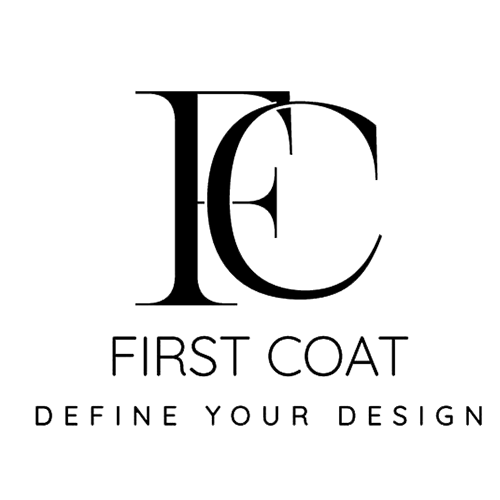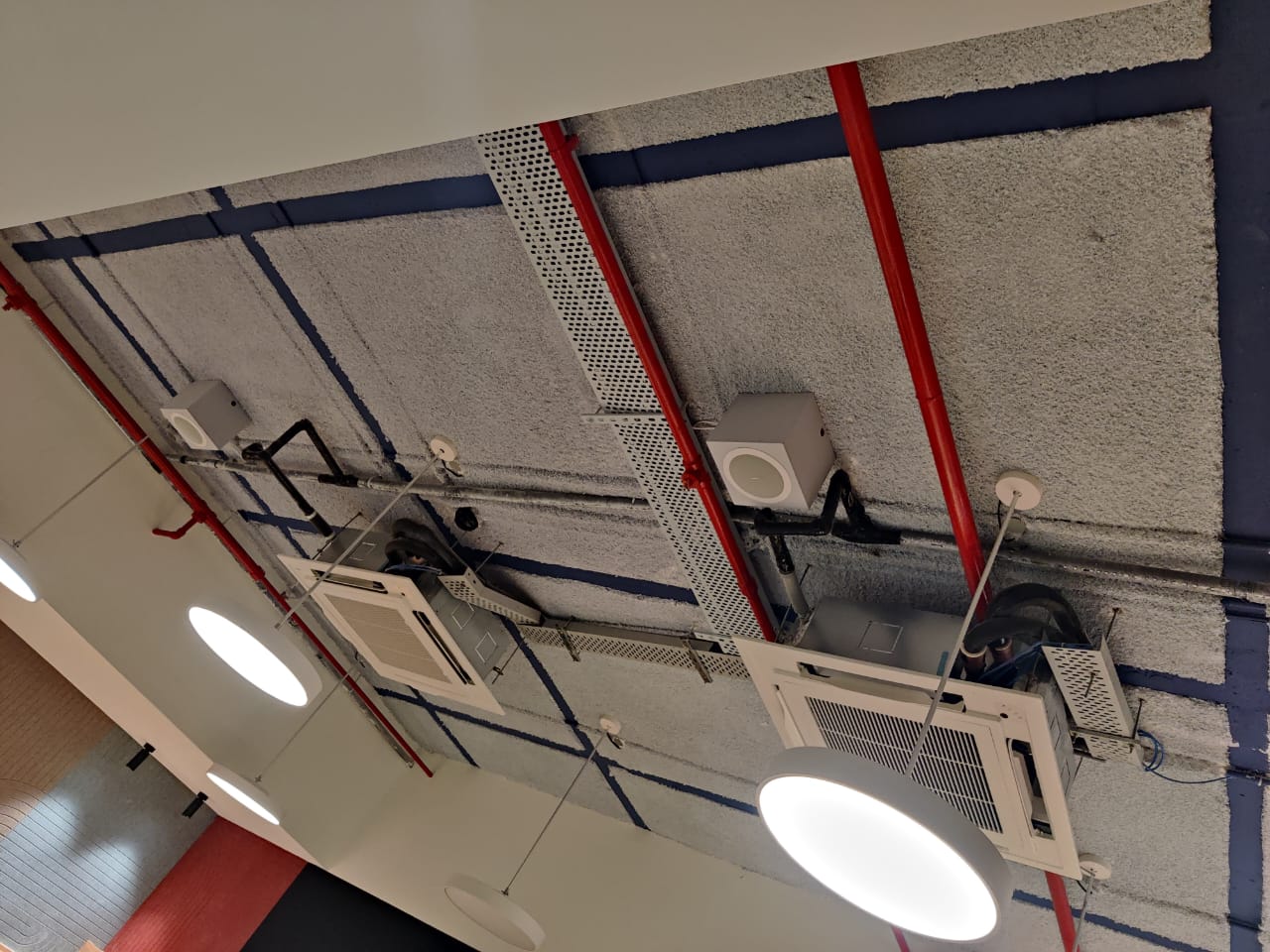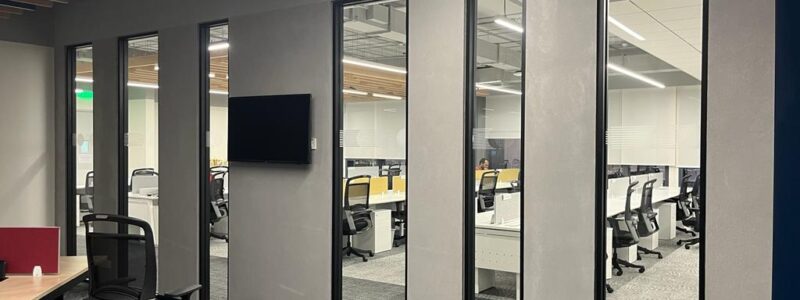The design of a corporate office interior is crucial in shaping a company’s culture, productivity, and overall success. A well-designed office space not only enhances the aesthetic appeal but also creates a functional environment that supports the needs of employees and fosters collaboration. This blog explores key elements and trends in corporate office interior design that can transform your workspace into an inspiring and efficient hub.
1. Understanding the Company’s Brand and Culture
The first step in designing a corporate office is to understand the company’s brand and culture. The interior design should reflect the organization’s values, mission, and identity. This can be achieved through the use of color schemes, materials, and design elements that resonate with the company’s brand. For instance, a tech company might opt for a sleek, modern design with advanced technological integrations, while a creative agency might prefer a more eclectic and vibrant environment.
2. Optimizing Space Utilization
Effective space utilization is essential in corporate office design. This involves creating a layout that maximizes the use of available space while ensuring comfort and efficiency. Open-plan layouts are popular for their ability to foster communication and collaboration. However, it’s also important to provide quiet areas and private offices for tasks that require concentration and confidentiality.
3. Incorporating Flexible Workspaces
The rise of remote work and flexible schedules has led to an increased demand for adaptable office spaces. Incorporating flexible workspaces, such as hot-desking areas, breakout zones, and multipurpose rooms, allows employees to choose the work environment that best suits their needs at any given time. This flexibility can enhance productivity and job satisfaction.
4. Prioritizing Ergonomics and Comfort
Employee well-being is a top priority in modern office design. Ergonomic furniture, such as adjustable chairs and desks, helps prevent discomfort and injuries associated with long hours of sitting. Additionally, incorporating elements like standing desks, comfortable lounge areas, and proper lighting can significantly improve the physical comfort and health of employees.
5. Embracing Technology
Technology integration is a cornerstone of contemporary office design. Smart offices equipped with the latest technology can streamline operations and enhance the overall work experience. Features such as automated lighting, climate control, advanced audio-visual systems, and high-speed internet connectivity are essential in creating a modern, efficient workplace.
6. Fostering Collaboration and Innovation
Designing spaces that encourage collaboration and innovation is vital for corporate success. Collaborative areas such as meeting rooms, brainstorming zones, and informal gathering spots can facilitate teamwork and the exchange of ideas. These spaces should be equipped with tools and technologies that support creative thinking and problem-solving.
7. Incorporating Biophilic Design
Biophilic design, which emphasizes the integration of natural elements into the built environment, has been shown to enhance well-being and productivity. Incorporating elements like indoor plants, natural light, and materials such as wood and stone can create a calming and refreshing atmosphere. Views of nature or access to outdoor spaces can further enhance the biophilic benefits.
8. Sustainability and Eco-Friendly Practices
Sustainability is becoming increasingly important in office design. Incorporating eco-friendly practices and materials not only benefits the environment but also reflects positively on the company’s corporate social responsibility. Energy-efficient lighting, recycled materials, and sustainable furniture are examples of how to integrate sustainability into office design.
9. Creating a Unique Identity
Finally, a corporate office should have a unique identity that sets it apart from other workplaces. Custom design elements, such as branded color schemes, unique artwork, and personalized décor, can create a distinctive environment that reinforces the company’s identity and culture.
Conclusion
Designing the perfect corporate office interior involves a careful balance of aesthetics, functionality, and employee well-being. By understanding the company’s brand and culture, optimizing space utilization, incorporating flexible and ergonomic workspaces, embracing technology, fostering collaboration, and prioritizing sustainability, you can create an office environment that inspires productivity and success. Whether you are revamping an existing space or designing a new office, these key elements and trends can help you create a workplace that supports your organization’s goals and enhances the overall employee experience.




